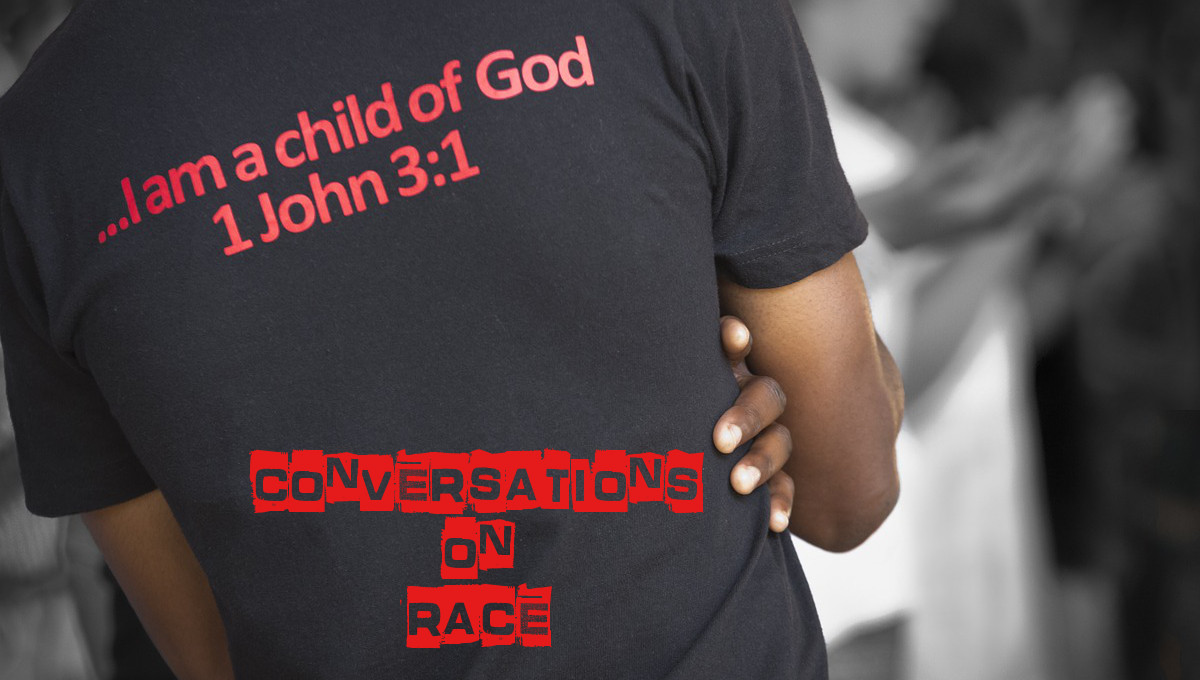With Racism a persistent and cross-cultural problem, Vincentians need to be at least participants and perhaps leaders in the necessary conversations.

The Leadership Learning Community shares good information on how to do this.
In case you need a refresher, systemic, or institutional racism, is defined as the existence of institutional systemic policies, practices and economic and political structures which place minority racial and ethnic groups at a disadvantage in relation to an institution’s racial or ethnic majority.
White Supremacy Missing from this definition is a larger issue, that some of our design team refer to as white supremacy. White supremacy is the belief that white people are superior to those of all other races, especially the Black race, and should therefore dominate society.
When many of us think of white supremacy, perhaps the KKK is the first thing that comes to mind. Some of us will even think of what is now referred to as the alt right. Groups of white nationalists that openly believe in their biological dominance over people of color, as unfortunately witnessed in Charlottesville this past weekend. While these examples certainly demonstrate the power of actively realized white supremacy, it’s important that we also acknowledge that white supremacy, whether intentionally or unintentionally perpetuated, is at the root of systemic racism.
After all, how can an institutional system of dominance exist without actual people knowingly or unknowingly acting on their unconscious biases against people of color on a daily basis? Short answer: it can’t. Systems and practices of racism are upheld by people. Folks who we work with, shop with and have over for dinner.
Read the full article, “How we’re learning to talk about Race at Creating Space” at the Leadership Learning Community online.







0 Comments